I vividly recall the winter afternoon when I first learned that Wake Forest University had granted me early admission. It was during my senior year of high school, and I was thousands of miles away from Winston-Salem in my hometown of Zhejiang, China. In the eyes of many in my community, the pinnacle of American education was embodied by just a handful of institutions: Harvard, Yale and perhaps Princeton. So, when I received the early decision acceptance to my dream school, I could only share my elation with a small inner circle that included family, teachers and a few school friends who were more globally aware. You see, Wake Forest wasn’t a name that resonated with anyone beyond that select group, it almost sounded like a school dedicated solely to forestry.
Back then, my secret weapon was the U.S. News ranking — a globally recognized tool for evaluating colleges. It had Wake Forest listed among the top-30 universities in the nation. Whenever the question of where I was pursuing my degree arose, I’d casually drop the “top 30” label. It wasn’t something I relished; I never believed a set of statistical metrics could capture the diverse academic experience, the global student community, vast resources and alumni network that Wake Forest offered. But, much like standardized tests, it served as a quick and straightforward way to validate the journey that had brought me here — financial sacrifices for language training, taking AP courses abroad and weighing more affordable alternatives. All this to enter Wake Forest, renowned for its exclusive liberal arts education and the abundant resources of a large university.
Choosing a college isn’t a one-size-fits-all endeavor. For many local students, factors like proximity, reputation in the community and affordability weigh heavily in their decision-making process. I realized this first-hand last year in my journalism class when I brought up a change in a college’s ranking during a news discussion. My professor scoffed, asking, “Who even pays attention to rankings from a mediocre journalism platform trying to boost its profile with these ridiculous lists?”
As long as prospective students still turn to rankings as a primary means of assessing whether their dedication will be met with a quality education, these rankings retain some significance.
But here’s the thing: a college’s ranking matters significantly to international students. According to Study International, many of us don’t have the luxury of visiting a campus before enrolling, so having access to unbiased, objective information about an institution becomes crucial. Moreover, international students often face higher tuition fees than their domestic counterparts. This drives us to seek schools that offer the best value, not just during our time at university but also in the opportunities that lie beyond graduation.
On the evening of Sept. 17, U.S. News dropped a bombshell: the2024 Best College rankings. In the tight-knit international student community around me, the reaction was swift. We quickly learned that Wake Forest’s ranking had taken a nosedive, plummeting from its long-held position in the high-20s to a humbling 47.
We Have a Lot to Work On
Before coming across Wake Forest President Susan Wente and Provost Michelle Gillespie’s message on the morning of Sept. 18, my stance on Wake Forest’s ranking was clear: it’s just one piece of the puzzle. And that’s a fact — with Columbia University opting out of the ranking game and the ongoing criticism about how rankings oversimplify academic rigor, student profiles and reputation, skepticism is well-founded.
I had a shift in perspective after reading their message. Rankings, it seems, hold a kernel of truth — to some extent. They mirror Wake Forest’s unyielding identity as an exclusive, selective institution for the academic elite, a narrative that isn’t as popular in today’s educational landscape.
Do I cherish my two years at Wake Forest? Absolutely. Do I acknowledge that the dip in our ranking under this revamped ranking system highlights areas where Wake Forest can strive for improvement? Undoubtedly. While Wente and Gillespie contend that U.S. News no longer evaluates the aspects that define Wake Forest, like class sizes and faculty expertise, it also sheds light on some metrics where we lag behind — even when compared to institutions like Vanderbilt, Dartmouth and NYU, which the message cites as a parallel among universities with lower rankings this year.
Consider the metric of social mobility — an indicator that evaluates how effectively schools assist economically disadvantaged students in achieving graduation success. Despite Wake Forest’s concerted efforts, including initiatives like First in the Forest and the Magnolia Scholars aimed at supporting first-generation college students, the university grapples with a deeply ingrained reputation as an exclusive, expensive institution that predominantly caters to affluent white students. In the fall of 2020, 145 new first-generation students were welcomed, comprising 10% of the incoming class. Similarly, less than 10% of students receive Pell Grants.
While it will be hard for Wake Forest to shed its identity as an elite, high-cost institution, it is imperative to confront this reality. Repeated affirmations of a commitment to delivering a transformative education experience seem dissonant when the average cost before financial aid escalates to a staggering $79,886 — well above the national average. This stark reality underscores the pressing need for more robust financial aid, and while the current assistance levels are fair, they shouldn’t be hailed as exceptional.
Why Administration Needs to Care About the Rankings
One aspect that has come to light this year, thanks to the rankings but not traditionally part of Wake Forest’s branding, is its international reputation and inclusivity — a key reason why international students place importance on rankings. While the new U.S. News methodology has propelled larger, research-focused, public flagship institutions to higher positions, that doesn’t mean that Wake Forest should rest content with its local reputation and neglect the international aspect. Despite a consistent international student population of around 400 in recent years, outreach programs to well-known high schools and universities in other countries remain rare. Cultural awareness activities seem to feature more in enrollment advertisements than in practice, and resources to support the international community remain stagnant and institutional, lacking in meaningful personal connections.
The messaging from undergraduate admissions and Wente is that we shouldn’t care about rankings. But the truth is, we do care. Back when we were in the top 30 spot, that number was proudly featured in the university’s automated hold messages for phone calls and in press releases, championing the university’s excellence each year. Wake Forest never hesitated to acknowledge the prestige of being in the top 30, as recognized by some “moderately regarded journalism platform.” This distinction attracted thousands of out-of-state and international students who had never heard of Wake Forest before. But now that we’ve slipped to No. 47, why does Wake Forest suddenly not care? And what actions will be taken — like a more comprehensive evaluation of the university’s resources and new recruitment strategies — to address this public relations challenge? As of now, it seems there will be no changes.
Though ranking systems like U.S. News may have their flaws, it is unwise for the university’s leadership to disregard them. As long as prospective students still turn to rankings as a primary means of assessing whether their dedication will be met with a quality education, these rankings retain some significance. U.S. News has adapted its criteria to align with evolving metrics for gauging student success — an area where Wake Forest seems to be progressing slowly. While we’re in the midst of shedding our exclusive and contentious narrative, it’s clear that the pace of change isn’t keeping up with the increasingly globalized education landscape. We must take steps to ensure we don’t fall behind.


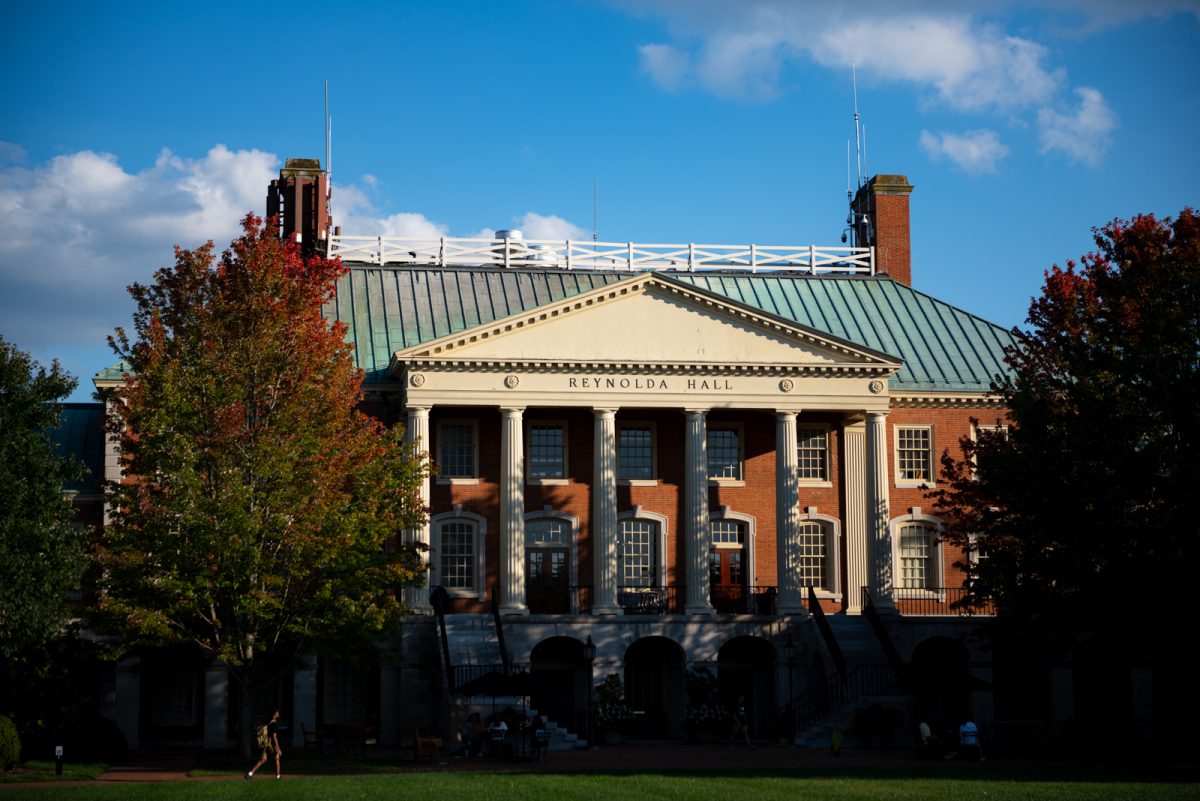
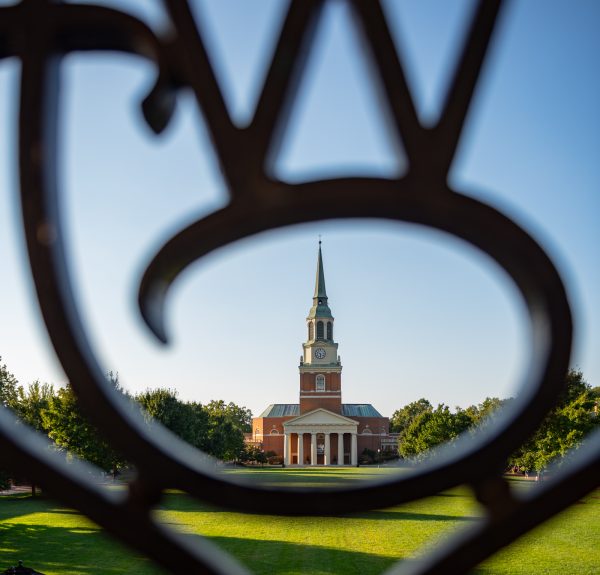
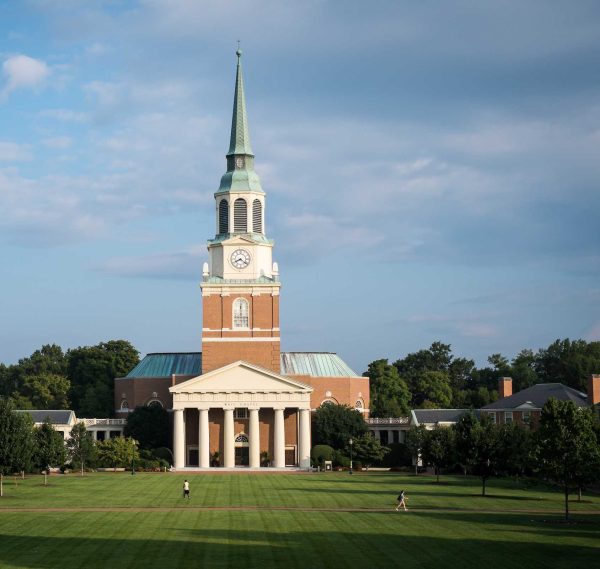
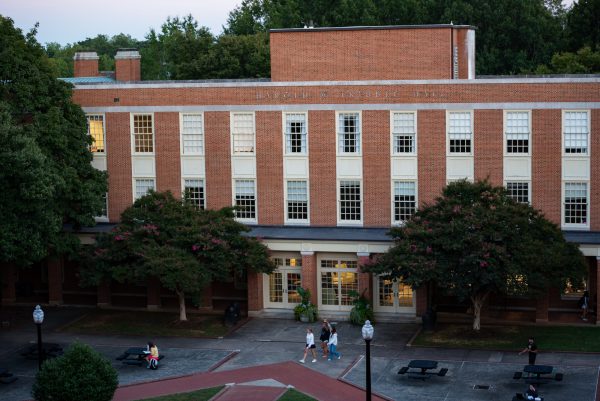
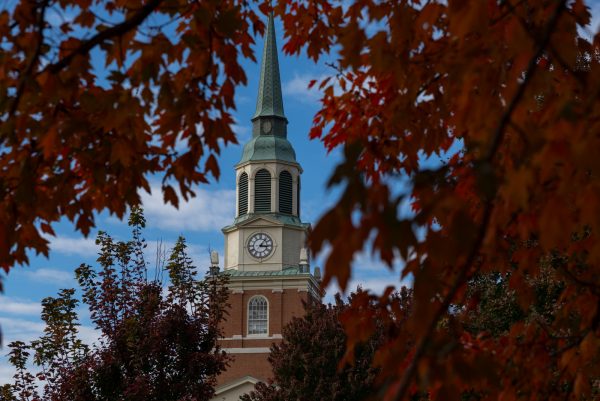

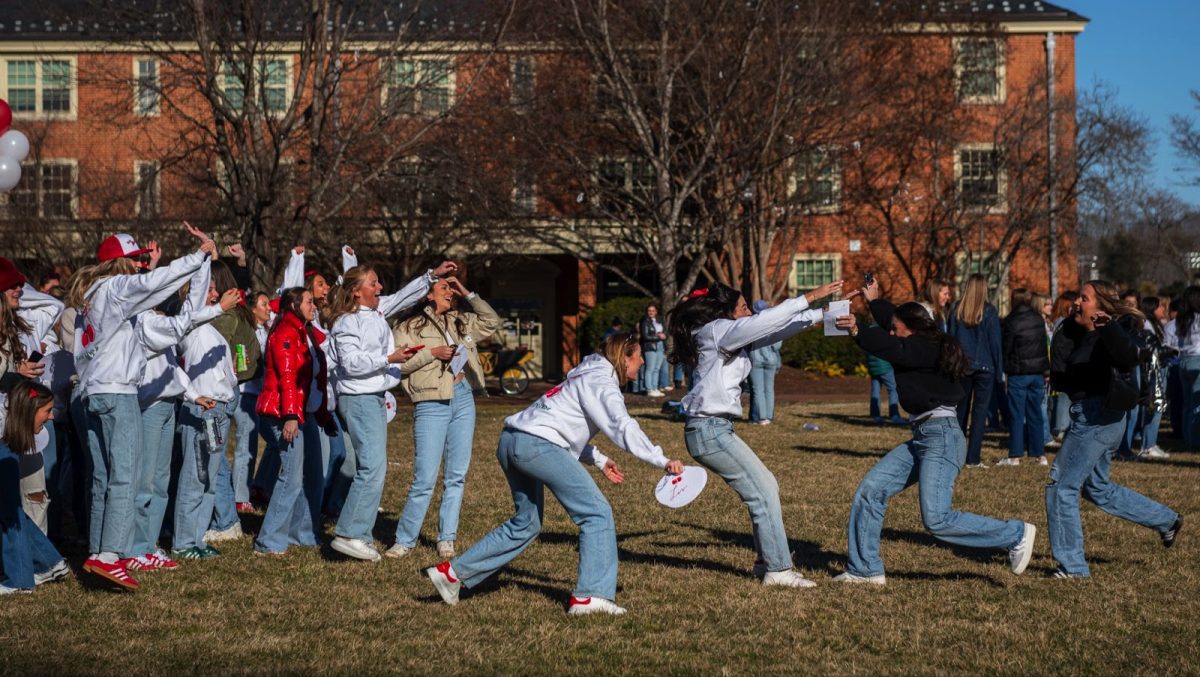



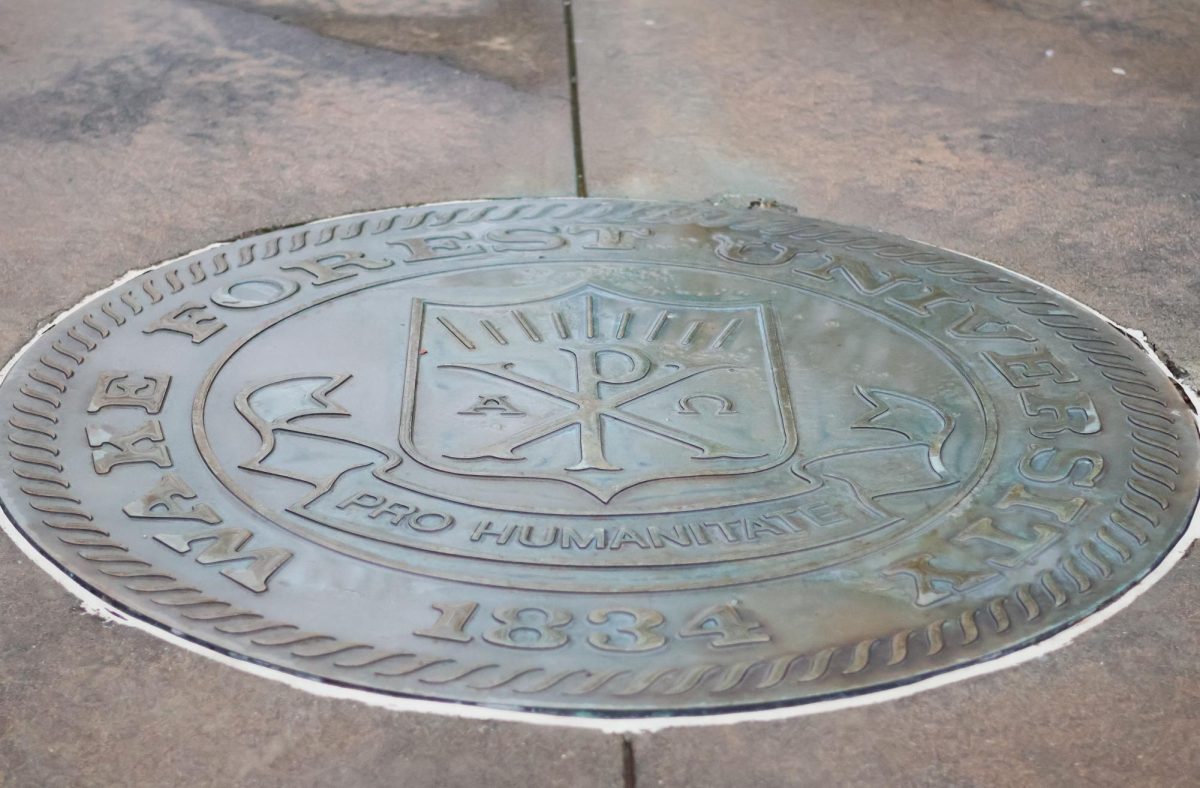






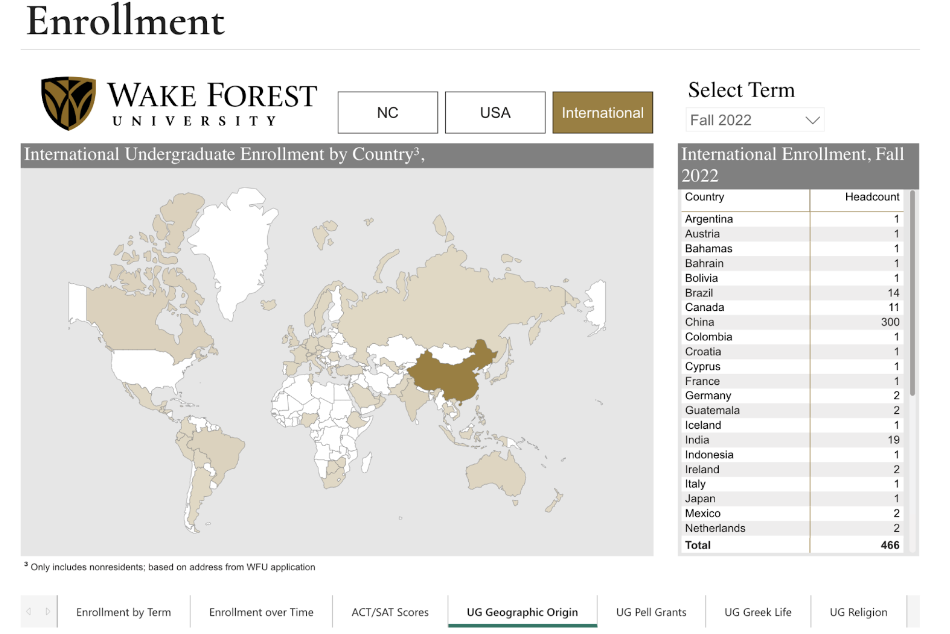
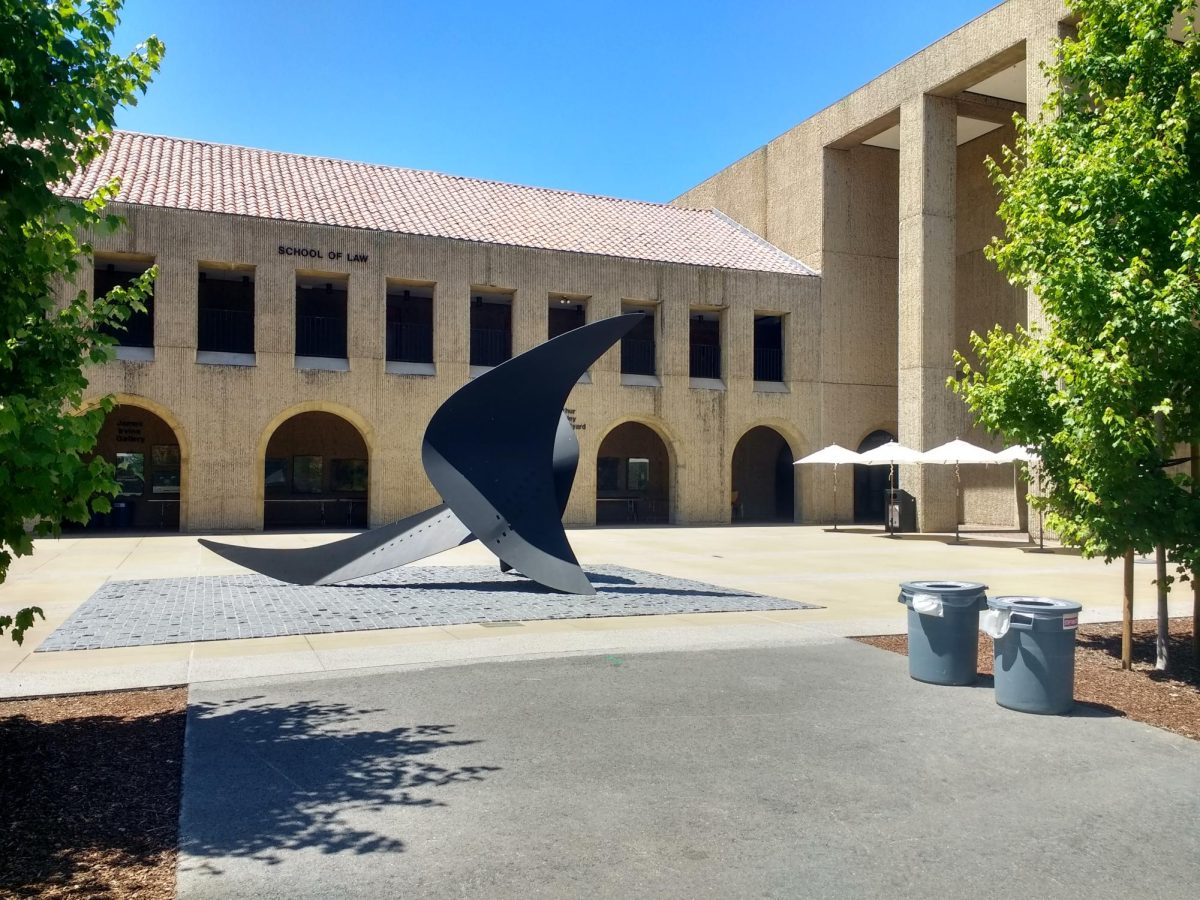
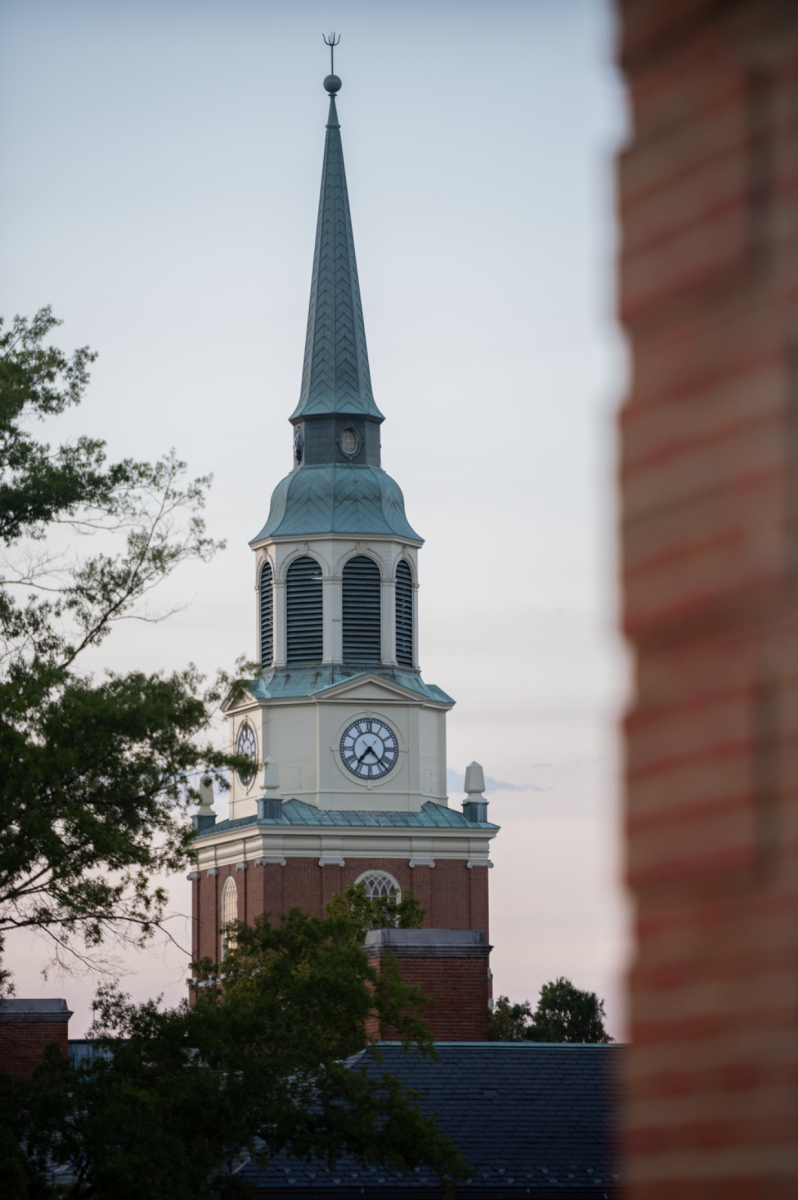
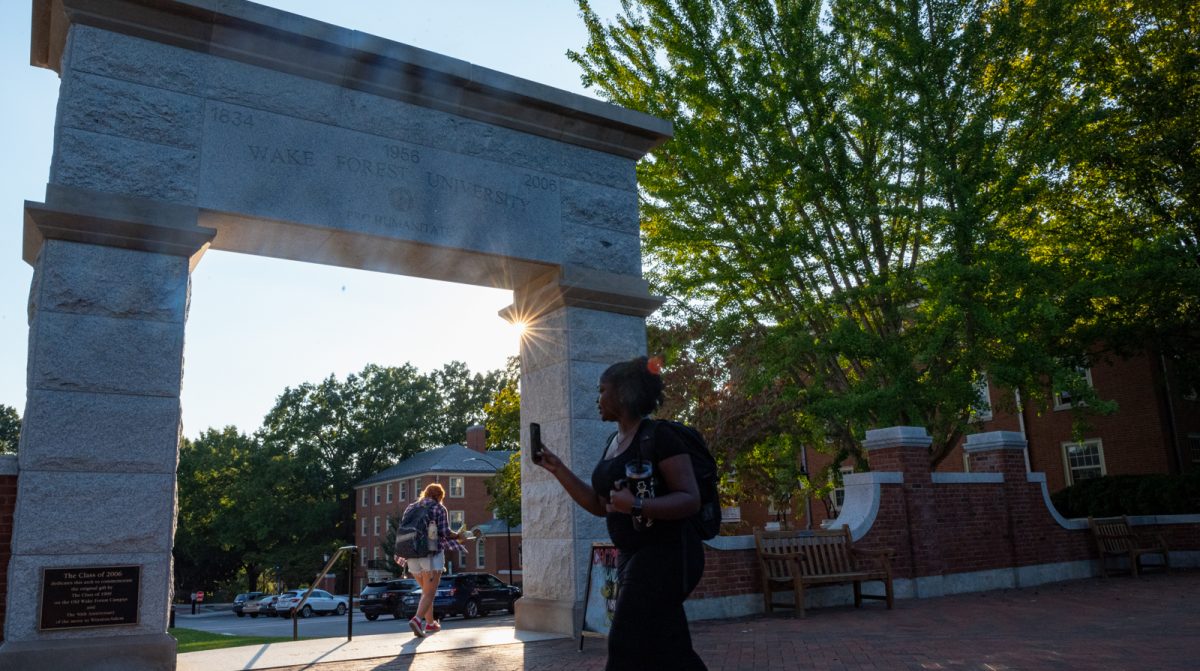
Shaun • Sep 22, 2023 at 10:12 am
From a wake alum, I firmly disagree. Playing to the metrics is just as bad as ignoring them all together. Wake has made its niche as it has, and was roundly applauded for such actions in the past. Now, because of a shift to show credence to public research universities, wake should change its core and identity? I do agree, however, with the assessment of international students relying on secondhand rankings because of limited options, but question whether that can be offset with the large study abroad programs Wake offers.
Doug • Sep 26, 2023 at 7:45 am
Then WF will continue to fall down the list. Evolve or die….